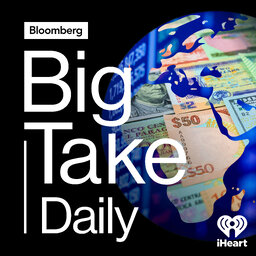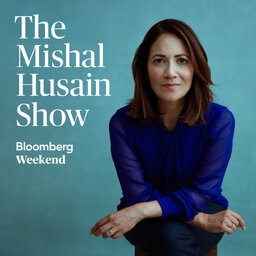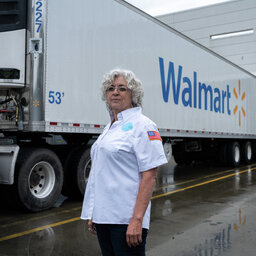The Dark Side of TikTok’s Algorithm
Bloomberg senior investigative reporter Olivia Carville is back with her latest reporting on TikTok. She explains how the superpopular app’s algorithm can serve up a stream of anxiety and despair to teens, including videos about eating disorders and suicide. And Jennifer Harriger, a professor of psychology at Pepperdine University, joins to talk about the effect these messages can have on teens and young adults.
Read the story: TikTok’s Algorithm Keeps Pushing Suicide to Vulnerable Kids
Listen to The Big Take podcast every weekday and subscribe to our daily newsletter: https://bloom.bg/3F3EJAK
Have questions or comments for Wes and the team? Reach us at bigtake@bloomberg.net.
This podcast is produced by the Big Take Podcast team: Supervising Producer: Vicki Vergolina, Senior Producer: Kathryn Fink, Producers: Mo Barrow, Rebecca Chaisson, Michael Falero and Federica Romaniello, Associate Producers: Sam Gebauer and Zaynab Siddiqui. Sound Design/Engineers: Raphael Amsili and Gilda Garcia.
 Big Take
Big Take


